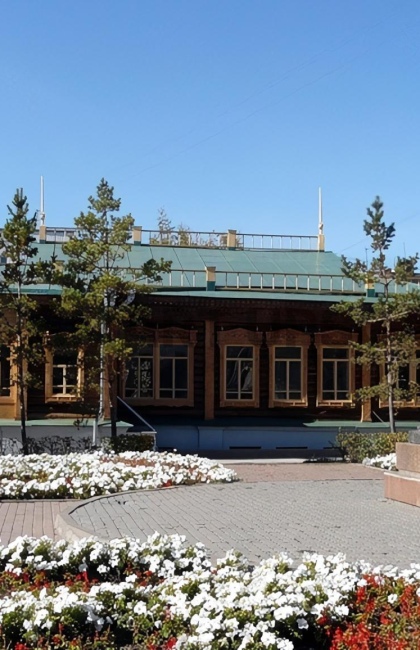St. Joseph’s Church
The emergence of St. Joseph's Church in Astana is rooted in a history of oppression and resilience. Between 1944 and 1952, over two hundred thousand residents of Western Ukraine were forcibly relocated to Kazakhstan. Among them were Greek Catholic clergy who, despite the harsh conditions of Stalinist camps, clandestinely preached among Catholics. The influx of tens of thousands of people from various nationalities, including Ukrainians, Germans, Poles, Lithuanians, and others, during the period of mass repressions further intensified the need for faith and a connection to God. It was during these tragic years that the history of the Ukrainian Greek Catholic Church began to take shape in the country.
For many years, the clergy and believers had to conduct services in borrowed buildings as they did not have their own temple. However, in 2002, the priests of the Greek Catholic parish in Astana started their regular work. Subsequently, the city authorities allocated a piece of land for the construction of a dedicated temple.
The construction process spanned almost a decade and was completed in 2013. The temple, designed in the Byzantine style, stands as a magnificent example of classical church architecture. Situated in a picturesque location on the riverbank surrounded by abundant greenery, St. Joseph's Church holds immense cultural and religious significance as a focal point for the Ukrainian community in Kazakhstan.
How to get there?
Address: 2/2 Arasan St.
St. Joseph’s Church can be reached by buses #2, 31, and 60. Get off at the «Alatau Sports Complex» bus stop. Cross the bridge which is located near the bus stop, and you’ll see the church’s golden dome.
Other tourist attractions near the church:
- Park of J. Jabayev
- Monument to Officers of the Ministry of Internal Affairs Killed in the Line of Duty
- Defenders of the Fatherland Square
- Roman Catholic Church

 (1)_420x650_4ab.jpg)
_420x650_4ab.jpg)
